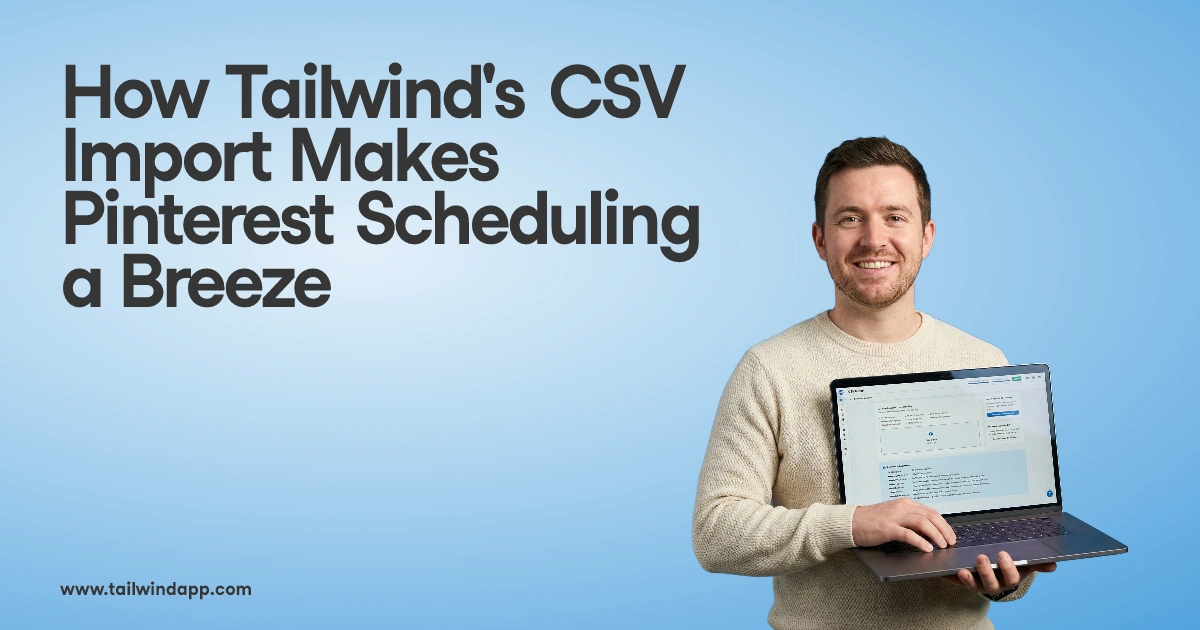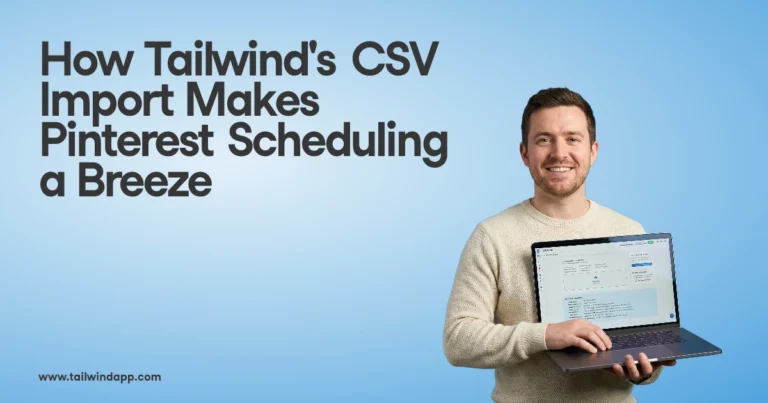
You know how the saying goes: “You can’t improve what you do not measure.” That applies double when the topic is performance marketing.
Evaluating the success of Facebook Ad campaigns (and improving your chances of those campaigns actually being successful) relies heavily on key performance metrics that encompass effectiveness, efficiency, and profitability.
In this post we will look at some of the key benchmarks — and of course the metrics — that you should be keeping an eye on.
Please keep in mind that the provided benchmarks are very rough estimates and the real numbers highly depend on your business and its positioning towards your audience.
Key Metrics Overview
Understanding Facebook Ads CTR
Click-through rate (CTR) gauges how often people click on a Facebook Ad after seeing it. A higher CTR implies that the ad is relevant and compelling to the target audience. Advertisers aim to optimize for a favorable CTR since it reflects the campaign’s initial engagement level.
Insights into Conversion Rate (CVR)
Conversion rate is a critical metric that measures the percentage of clicks that lead to a desired action like a purchase or sign-up. This figure is crucial for understanding how well Facebook Ads translate into meaningful outcomes for a business. A strong CVR indicates that not only is the ad engaging, but it also aligns well with the audience’s intent.
Cost Metrics: CPC and CPM
Two primary cost metrics dominate discussions about Facebook Ad performance: Cost Per Click (CPC) and Cost Per Mille (CPM).
- CPC tracks the average cost paid for each click on an ad. Lower CPC values suggest greater cost-efficiency for driving user engagement.
- CPM stands for Cost Per Thousand Impressions, providing insights into the cost incurred for every thousand views of an ad. It’s an essential metric for understanding reach and how budget/consumption aligns with visibility.
| Metric | Description | Desired Outcome |
| CPC | Average cost for each click on the ad | Lower values for cost-efficiency |
| CPM | Cost for every thousand ad impressions | Optimized for budget allocation |
Measuring ROAS and Lifetime Value
Return on Ad Spend (ROAS) is calculated by dividing the revenue generated from Facebook Ads by the total ad spend. A higher ROAS signifies a more profitable campaign. Adjusting creative content, targeting, and bidding strategies often helps improve this metric.
Lifetime Value (LTV), or customer lifetime value, projects the total revenue a business can reasonably expect from a single customer account. It’s an indicator of long-term campaign success, helping businesses to determine a sustainable acquisition cost.
In summation, digital marketers monitor these metrics to tailor their strategies for better performance and profitability. Each metric offers unique insights, shaping decisions that can lead to more successful ad campaigns on Facebook.
Additionally, this can be helpful when you need to compare the potential performance of your ads with other networks. But of course it goes without saying that you need to test it yourself to see what the metrics will look like!
Industry-Specific Benchmarks
Industry-specific benchmarks provide valuable insights for businesses to gauge their performance on Facebook against competitors within the same sector. These metrics help companies understand where they stand and identify areas for improvement.
Retail and Ecommerce
Retail and ecommerce businesses focus closely on metrics like click-through rate (CTR) and conversion rate. On average, a healthy CTR for retail is about 1-2%, while conversion rates can vary widely, with top performers reaching well above the 3% mark.
Real Estate Industry
For real estate, engagement, and lead generation benchmarks are crucial. Typically, real estate ads on Facebook have a lower CTR around 0.5-1% due to their audience targeting. The average lead generation rate in the real estate industry is expected to be approximately 10-13%.
Beauty and Healthcare
The beauty and healthcare sectors aim for high engagement rates. Their benchmarks for engagement can often exceed 1% of the total audience reached, as the visual and personal nature of the products drives more interactions.
Technology and B2B
Technology and B2B companies use Facebook to build thought leadership and demand. For these sectors, an average CTR of 0.5-1.5% is standard with a focus on high-quality content driving lead conversion rates at about 5%.
Education Sector
Educational institutions and services leverage Facebook to attract students and participants. Their benchmarks include high engagement rates similar to retail, often around 0.5-2% CTR, as informative content tends to drive interactions and conversions.
Travel and Leisure
Travel and leisure businesses often see some of the highest engagement rates on Facebook, with benchmarks for CTR at about 1.5-2%, and with visually appealing content, they can command high levels of shares and comments, driving their organic reach further.
Optimization Strategies for Advertisers
To maximize the effectiveness of their campaigns, advertisers on Facebook can employ a variety of strategies. Focused on specific outcomes, these tactics can enhance ad performance and conversion rates.
Retargeting and Conversion Optimization
Advertisers often use retargeting to remind users about products they viewed but didn’t purchase.
This strategy can significantly improve conversion rates as it keeps the brand top of mind. A common method involves setting up Custom Audiences to show ads to users who have already visited the advertiser’s website.
It is also advisable to tailor the retargeting ads based on the user’s interaction level, whether they just viewed the product or added it to the cart.
Lookalike Audiences can be created to target new users who share characteristics with previous converters, thereby extending the conversion optimization beyond the original target audience.
Periodic review of conversion metrics to adjust bids and budgets is imperative for maintaining campaign efficiency.
Creative Approaches to Ad Copy
Innovative ad copy is essential in capturing the attention of the target audience. Advertisers should test multiple versions of ad copy to identify which messages resonate best with their audience.
A/B testing can be a helpful approach here, where two variations of ad copy are tested against each other to determine which one yields better performance in terms of engagement and conversions.
High-performing ad copy often includes clear calls to action and benefits of the product. It can also involve storytelling that connects the brand with the audience on a personal level. Emphasizing product features, discounts, or limited-time offers can incentivize users to act.
Leveraging Audience Insights
Using Facebook’s powerful analytics tools, advertisers can gain deep insights into their audience’s behavior and preferences.
This information helps them to tailor their campaigns towards segments of their audience most likely to convert.
Such insights encompass demographic data, past purchase behavior, website activity, and engagement with previous ads.
By analyzing this data, advertisers can craft campaigns that speak directly to the needs and interests of their target audience.
They might also discover untapped markets or audience segments that could be reached with tailored messaging.
Continuously gathering and acting on audience insights is crucial for staying relevant and maintaining a high performance of ad campaigns.
Using Data To Drive Facebook Ad Success
To optimize Facebook ad campaigns, advertisers can leverage various tools and benchmark data to identify successful strategies and make data-driven decisions.
Tools and Resources for Benchmarking
Advertisers have access to an array of tools to assess the performance of their Facebook Ads.
When it comes to Facebook Ads benchmarks, one should look for median figures as a reliable indicator of performance rather than focusing solely on high-performing outliers.
Median figures often present a more accurate picture of an ad’s relative success by eliminating extreme data points that may skew expectations.
Note: Facebook gives you some hints about your ad quality inside the Ads Manager.
Also, you can review the images/videos and overall campaigns that your competitors are running in Facebook Ads Library.
Interpreting Data and Identifying Patterns
Interpreting campaign data to spot patterns is critical for improving ad results. Advertisers should pay close attention to:
- Click-Through Rate (CTR): Compare your CTR against industry benchmarks to determine if your ads resonate with your target audience.
- Conversion Rate: Understanding how your conversion rates stack up against average figures can reveal the effectiveness of your call-to-action.
It’s important to note that outliers, while sometimes interesting, can mislead advertisers. Consistent patterns emerging from data analysis, on the other hand, provide actionable insights that lead to improved ad strategies.
Identifying these patterns early allows for timely adjustments to campaigns, ensuring optimal performance and return on investment.
Conclusion
This post should be merely a guide on where to look and what to focus on. You will also soon come to a conclusion that everything apart from “conversions” can be considered a vanity metric.
So the point is to have a clear overview on a bigger picture, keep the benchmarks in mind, and try to improve each of the metrics in order to make more conversions for a smaller price.
Simple. But definitely not easy.







